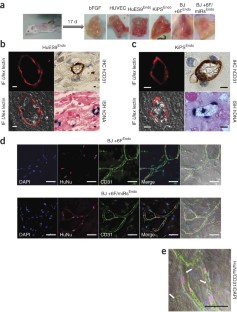

ECSCR was also shown to be a marker of endothelial progenitor cells. ECSCR expression was restricted to endothelial cells, both in vivo and in culture. Armstrong et al 12 reported the cloning and analysis of human ECSCR. 11 The ECSCR EST encoded a conceptual single-pass transmembrane protein of 205 amino acids, without significant homology to any other protein. We propose that ecscr promotes migration of zebrafish angioblasts by enhancing endothelial kdr sensitivity to VEGF.Įndothelial cell–specific chemotaxis receptor (ECSCR), also known as endothelial cell–specific molecule 2 and Apoptosis Regulator through modulating IAp expression (ARIA), 10, 11 was initially identified in a bioinformatic search for novel gene products enriched in endothelium. Finally, chemical inhibition of VEGF receptor activity in zebrafish resulted in angioblast deficiencies that partially overlap with those seen in ecscr morphants. ECSCR-silenced cells show reduced VEGF-induced phosphorylation of KDR but not of FMS-like tyrosine kinase 1 (FLT1)/VEGF receptor 1. In cultured cells, transfected ECSCR localized to actin-rich membrane protrusions, colocalizing with kinase insert domain protein receptor (KDR)/VEGF receptor 2 in these regions. Morpholino-directed ecscr knockdown resulted in defective angioblast migration in the posterior lateral plate mesoderm, a process known to depend on vascular endothelial-derived growth factor (VEGF). Zebrafish ecscr is expressed in angioblasts and in axial vessels during angioblast migration and vasculogenesis. We investigated the function of ecscr in the development of the zebrafish vasculature. Endothelial cell–specific chemotaxis receptor (ECSCR) is a cell surface protein expressed by blood endothelial cells with roles in endothelial cell migration and signal transduction.


 0 kommentar(er)
0 kommentar(er)
